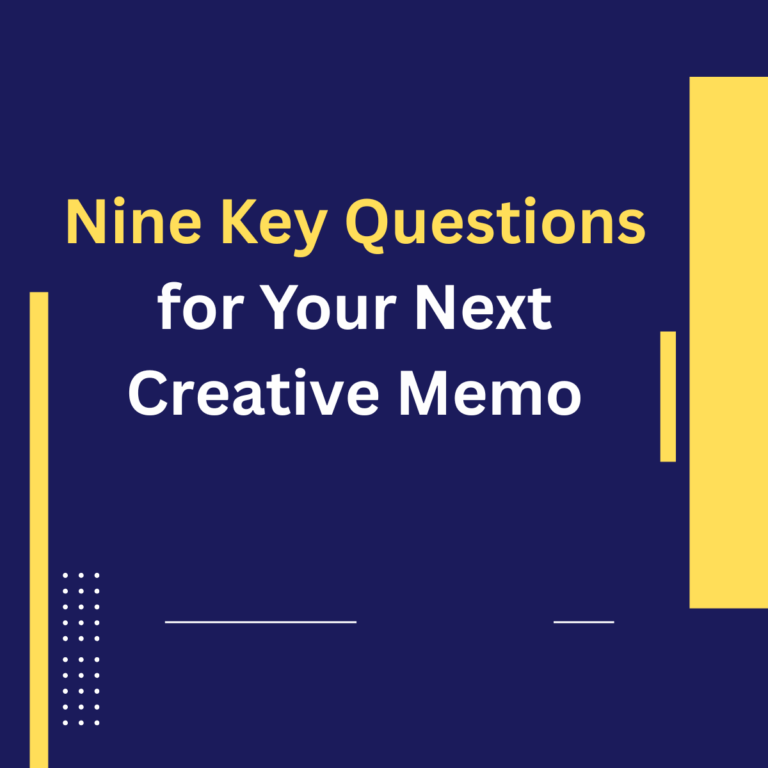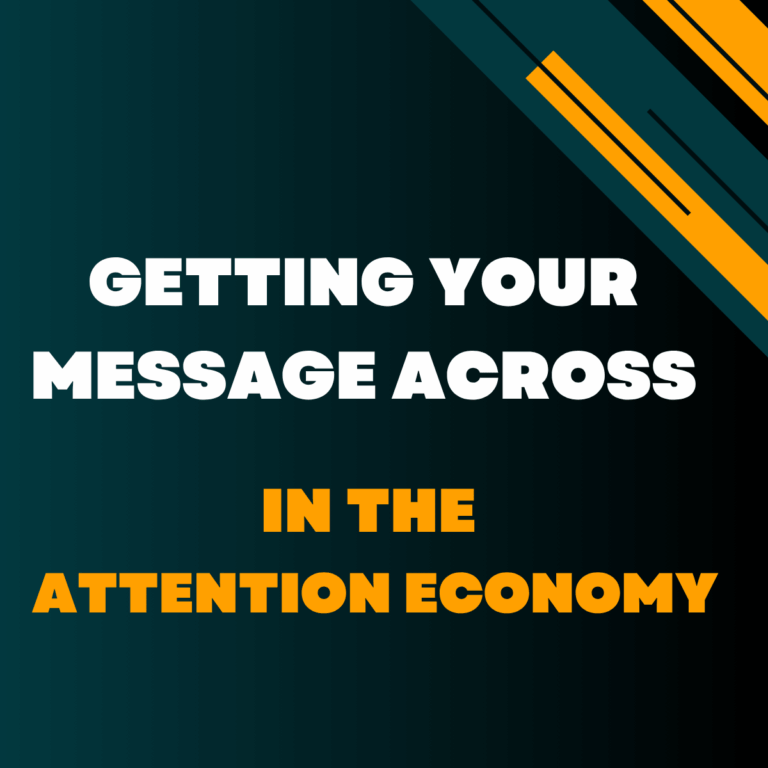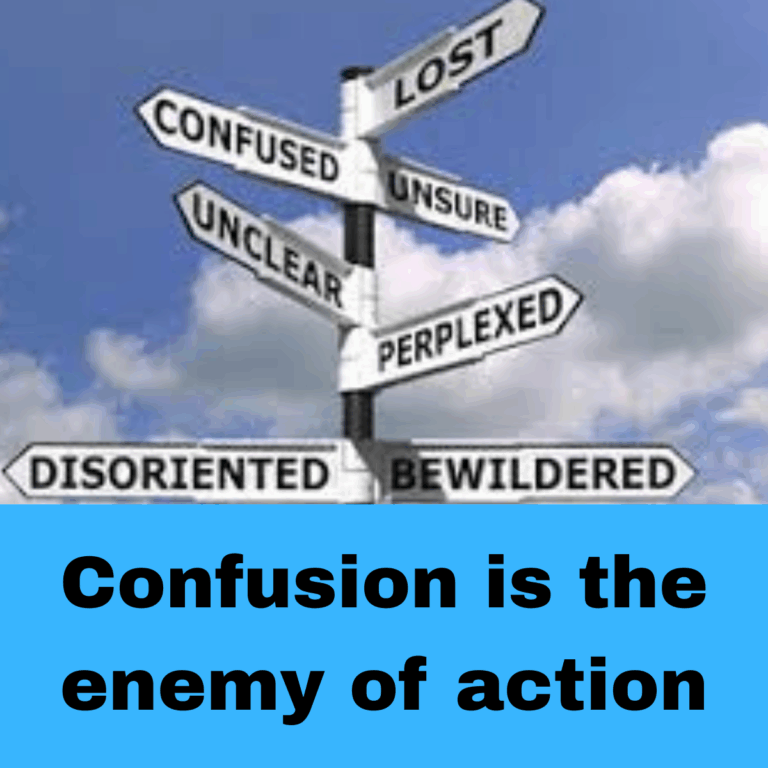“What’s going to happen now” “Do I have the heart to keep fighting for four more years?” “How are we going to get through this?” These are the kinds of questions our audiences are struggling with (or avoiding) right now. And it’s not any help that, as nonprofit communicators, we’re struggling too.
We all knew Trump winning would hurt. But now that it has
actually happened, the mix of emotions – fear, heartbreak,
outrage, disbelief – is really hitting home.
In big moments like this, our messages must go out of their way to take into account where peoples’ heads and hearts are at. So let’s deal with the communications and strategic challenges we’re facing in stages.

Today’s memo deals with two critical periods in our immediate messaging to existing supporters. Of course, emotions should always play a role in our messaging. But, in shell-shocked moments like today, emotions really take center stage.
No honest post-election message can be conveyed without acknowledging that the prospect of four more years of Trump is alarming and painful in the extreme. Before you can take your message anywhere else, you have to call out and validate that pain.
Here are three keys to helping people handle the heartache of their deeply felt emotions in the coming days:
Validate but don’t replicate:
We have to acknowledge how devastated people are feeling. Sugarcoating and false reassurance won’t ring true. But, in moments of high anxiety, people rely on the groups they support not to wallow along with them in despair, but to lead with confidence and show them a way forward.
Don’t lean too heavily into fear:
Robert Cialdini, a leading expert on the science of persuasion, reminds us that “fear-arousing communications generally stimulate the audience to take action to reduce the threat.” But he points to one crucial exception.
Fear can lead to inaction if “the audience is not told of clear, specific, effective means of reducing the danger.” We can’t scare people into staying in the fight. We have to – when the time is right — give them something concrete and believable to hang their hat on.
Nod towards a credible plan of action:
These early post-election days aren’t the time for long, detailed game plans and strategy memos. But, even in this dealing with the heartache stage, it’s important to nod in that direction. How? By expressing a “despite the deep challenges” confidence and presaging some key element of your post-election plans.

Broad expressions of confidence and determination may be all you can muster right now. They are likely also all your audiences will be able to consume in these first few post-election days. But as your year-end messaging unfolds, you will need to pivot and start filling in the picture.
Here are some guidelines for once we get past the initial shock:

Did your organization successfully mobilize existing and new supporters in the aftermath of Donald Trump’s victory over Hillary Clinton? If so, resist the temptation to simply pull out and dust off your old playbook.
Sure, pay attention to organizing and fundraising techniques that worked before. But don’t just ask people to stagger back to the ramparts. Make new plans. Tell people about new approaches, lessons you’ve learned through trial and error, new strategies and tactics that Trump and his MAGA allies won’t see coming.

Just as they have throughout the election, your audiences will be on the receiving end of an onslaught of messages about the dangers of Trump’s impending presidency.
That will make it hard for your message to stand out unless you zero in on details, facts, and angles of vision that set your organization apart. Try the “name change” test. Substitute another group’s name into your message. If it still works, you haven’t written a message that will stand out from all the rest.

Be alert to the time frame embedded in your messaging. Implicitly or explicitly, don’t ask people to simply suck it up and fasten their seatbelts for the next 1,459 days. That’s a dispiriting call to action. At least for now, it’s more advisable to shorten the time frame. One approach: focus on the first hundred days of Trump’s presidency and opportunities to disrupt, slow down, and undermine his most dangerous initiatives.

One of the most persuasive ways to encourage people not to turn away is to call out the fact that those most immediately and directly in Trump’s line of fire don’t have that option. We have to keep fighting. Why? Because to not do so is to abandon people whose lives will be turned upside down by Trump if we don’t stand in his way.

People participate in your group’s work to express and reinforce their personal identity. They strive to act in ways that make them proud of who they are and that demonstrate how faithfully they act on their beliefs.
In challenging times like the advent of a dreaded Trump second term, leaning into direct appeals to your current and potential supporters’ personal identity may be one of the best ways to override their sense of despair or frustration.
Don’t ask them what they are going to do, but who they are going to be.

The forthcoming Trump presidency is the elephant in the room. Don’t make it the only thing in the room. If you have promising state-level initiatives or international projects less susceptible to Trump’s influence, emphasize them.
Don’t do it in replacement of Trump resistance work. That will make it look like you have your head in the sand. But call out that more promising, out of Trump’s reach work alongside directly confronting his impact on your issue.

It’s not an easy task. But Trump’s inclination to over-reach may open some early opportunities. If you can seek out even small wins in the early weeks of 2025, that will obviously have a powerful reinforcing impact on peoples’ decisions to stay engaged.

Just because your mission is nonpolitical doesn’t mean your supporters aren’t feeling either elated or alarmed by the results. So, in terms of both timing and content, it’s worth taking their overall mood into account. But, whatever you do, don’t overthink and abandon year-end messaging that has traditionally worked well. Here are some ways you can navigate that “think, but don’t overthink” line:
Watch your timing: Don’t totally alter your usual schedule. But, if you can, avoid high points in the post-election political calendar.
Feature uplifting language: It has been a tough, often dispiriting campaign. So nonpolitical groups have an opportunity to do what I might call counter-programing.
Be concrete and tangible: Another element in “counter-programming” involves your ability to offer people a direct link between their support and the impact on peoples’ lives. In the aftermath of a dispiriting election, it’s crucial to lean into that tangibility.

Trump’s victory is one of the most dangerous and unnerving political events any of us have been through. It’s going to take careful thinking and smart execution to shape persuasive messaging in this alarming new reality.
Hopefully, this memo provides some initial guidance as groups confront the immediate messaging challenges.
Fast on its heels, a second memo will speak to a potential Trump surge in support for progressive groups. Drawing on 2016 lessons working with the ACLU and Planned Parenthood, it will address how to attract and retain new supporters alarmed by what just happened.
Then, next week I will share a more-detailed “Progressive Messaging in a New Landscape” memo addressing longer term messaging and strategic imperatives.
Together, we will get through this. Stay tuned.









